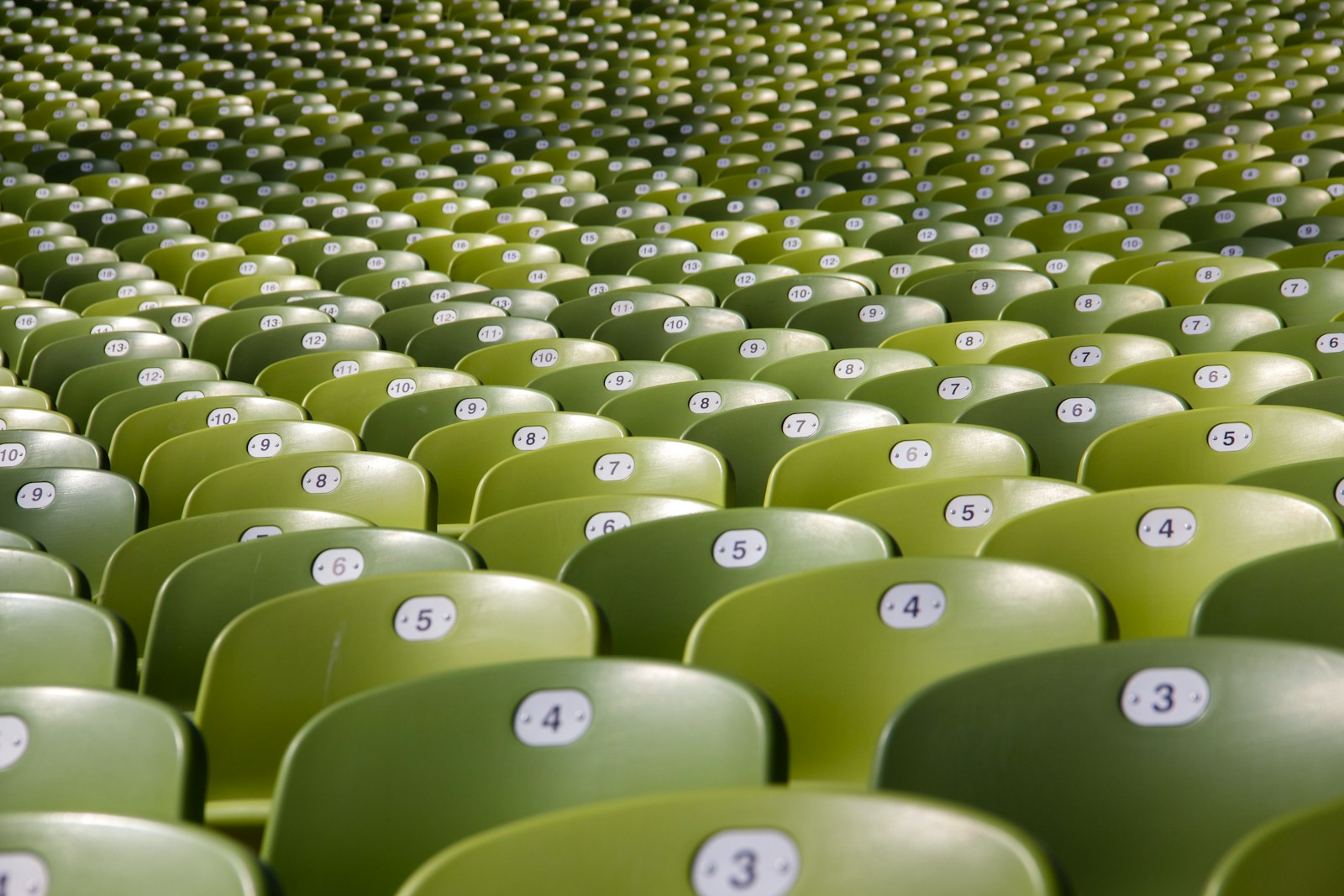Understanding how colours influence consumer behaviour
When it comes to marketing and design, colour isn’t just about aesthetics; it’s a powerful tool that can influence consumer behaviour and shape perceptions of your brand. The study of colour psychology delves into the emotional and psychological effects that different colours have on people, making it an essential consideration for any marketing strategy.
The Impact of Color
The colours you choose for your brand and marketing materials can evoke a range of emotions and associations. Understanding the psychology behind colours can help you make informed decisions and connect with your audience on a deeper level.
Red: Passion and Energy
Red is a bold and attention-grabbing colour that often conveys excitement, passion, and urgency. It’s frequently used for calls to action, as it can create a sense of urgency and encourage action.
Blue: Trust and Dependability
Blue is associated with calm, trustworthiness, and dependability. Many financial and tech brands use blue to build trust with their audience. It’s a safe choice when you want to convey reliability.
Green: Health and Nature
Green represents health, nature, and growth. It’s often used by eco-friendly and health-related brands. Green can also imply freshness and rejuvenation.
Yellow: Positivity and Optimism
Yellow is a bright, cheerful colour that conveys positivity and optimism. It’s often used to capture attention and encourage a sense of happiness and energy.
Black: Sophistication and Elegance
Black is often associated with sophistication, elegance, and luxury. High-end brands frequently use black in their logos and branding to create a sense of premium quality.
Orange: Creativity and Enthusiasm
Orange is a vibrant, energetic colour that symbolizes creativity and enthusiasm. It’s a great choice when you want to inspire action and excitement.
Purple: Royalty and Imagination
Purple is often linked to luxury, royalty, and imagination. It’s used to create a sense of grandeur and elegance and is well-suited for brands that aim to evoke a sense of fantasy.
How to Use Color in Marketing
- Consistency: Maintain a consistent colour scheme across all your marketing materials to reinforce your brand identity.
- Context: Consider the context in which your branding and marketing materials will be used. Different colours may be more appropriate for specific platforms or target audiences.
- A/B Testing: Experiment with different colour variations to see which ones resonate most with your audience and lead to higher engagement or conversions.
- Cultural Considerations: Be aware of cultural differences and associations with colours, as they can vary significantly in different regions.
- Emotion Alignment: Align the emotional tone of your marketing message with the colour choices you make. For example, if you want to convey trust, choose blue.
Conclusion
Colour is a potent tool in the marketer’s arsenal. When used strategically, it can evoke emotions, convey messages, and influence consumer behaviour. By understanding the principles of colour psychology and applying them to your marketing and design, you can create a powerful and resonant brand that connects with your audience on a deeper level.




